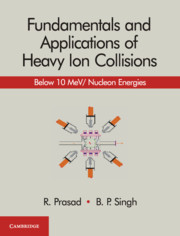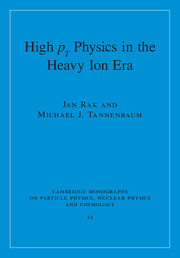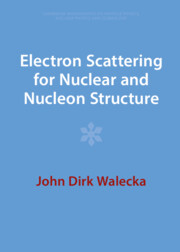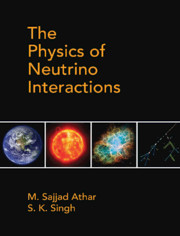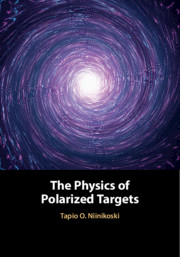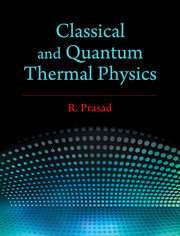Fundamentals and Applications of Heavy Ion Collisions
An up-to-date text, covering the concept of incomplete fusion (ICF) in heavy ion (HI) interactions at energies below 10 MeV/ nucleon. Important concepts including the exciton model, the Harp Miller and Berne model, Hybrid model, Sum rule model, Hot spot model and promptly emitted particles model are covered in depth. It studies the ICF and PE-emission in heavy ion reactions at low energies using off-beam and in-beam experimental techniques. Theories of complete fusion (CF) of heavy ions based on Compound Nucleus (CN) mechanism of statistical nuclear reactions, details of the Computer code PACE4 based on CN mechanism, pre-equilibrium (PE) emission, modeling of (ICF) and their limits of application are discussed in detail.
- Provides detailed discussion on experiments using accelerated heavy ion (HI) beams
- Important models including Harp Miller and Berne (HMB) model, promptly emitted particles (PEPs) model and breakup fusion (BUF) model are discussed in depth
- Presents applications including study of highly rotating neutron deficient nuclei, production of super heavy nuclei and heavy ion reactions of Astro physics
- Studies the ICF and PE-emission in heavy ion reactions at low energies using off-beam and in-beam experimental set up
Product details
May 2018Hardback
9781108499118
318 pages
245 × 189 × 18 mm
0.67kg
Temporarily unavailable - available from March 2025
Table of Contents
- Preface
- Acknowledgement
- 1. Introduction
- 2. Theoretical tools, reaction mechanism and computer codes
- 3. Experimental details and formulations
- 4. The measurements
- 5. Results and conclusions
- References
- Index.

